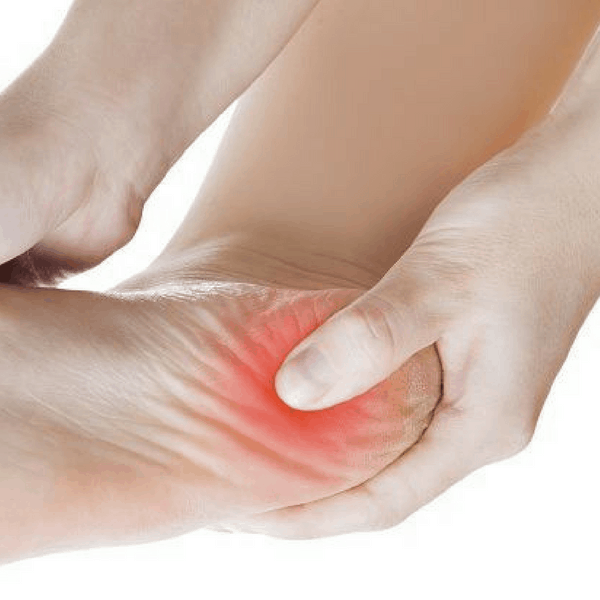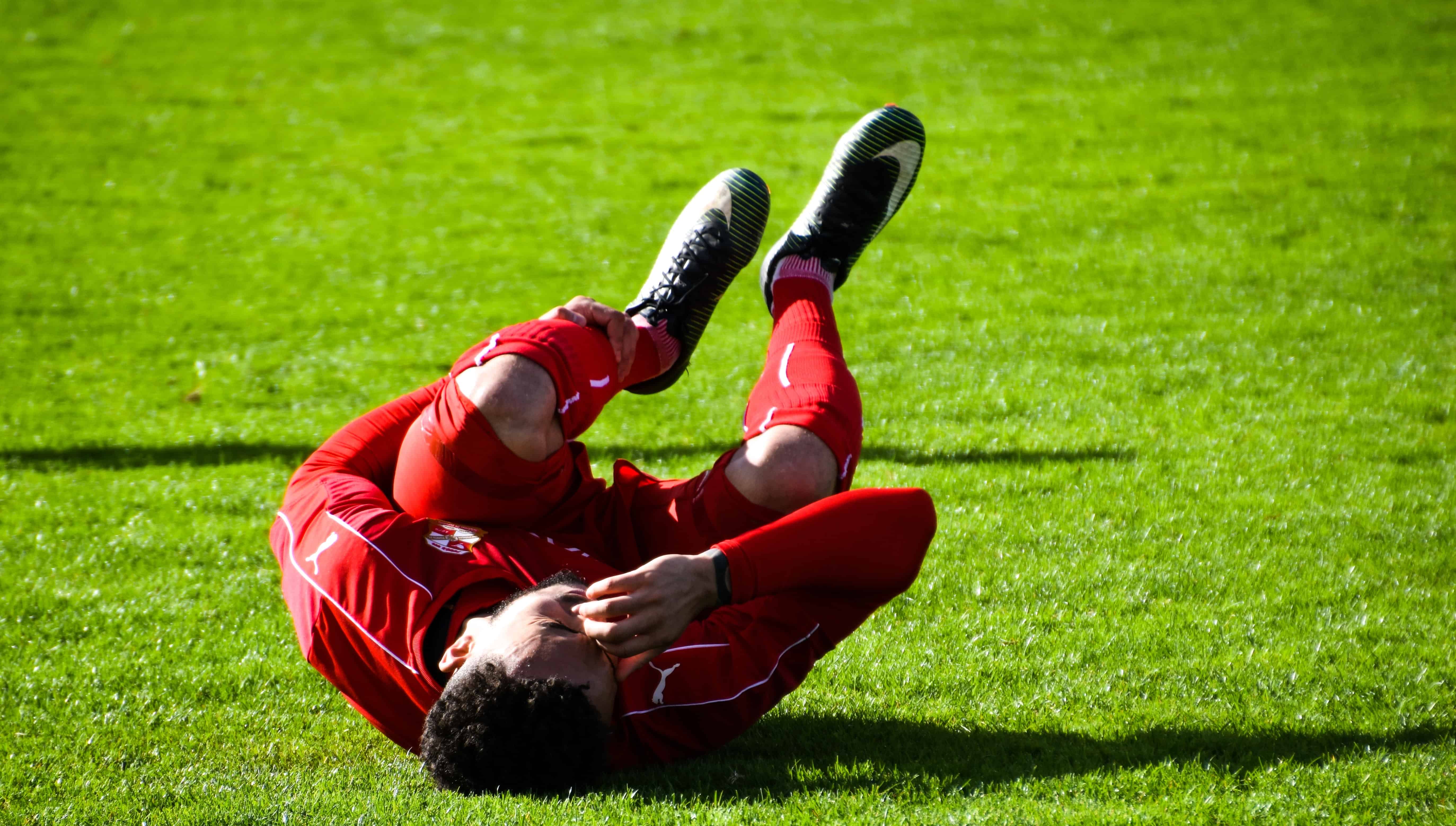Plantar Fasciitis used to be thought of as an inflammatory condition of the Plantar Fascia of the foot. That is why anti-inflammatory drugs were prescribed. In fact, many times they are still prescribed along with a script for physical therapy with directions to apply ultrasound and maybe some iontophoresis to the bottom of the foot. For those of you who don’t know what these two modalities are, they are supposed to help with decreasing inflammation. They may actually do that too (although research indicates it is unlikely). The only problem is – Plantar Fasciitis isn’t an inflammatory condition. We now know there are no inflammatory markers in the tissue thanks to research. So why does it hurt?
Well that is what we are going to talk about today. We will discuss what the symptoms of plantar fasciitis typically are or feel like and what you can do to fix it by yourself slowly or get it done by a professional and feel better FAST. OK, onto the symptoms.
Symptoms of plantar fasciitis can vary in terms of intensity but the symptoms are usually the same. Pain, sometimes described as the feeling of knives going into the heal and arch of the foot, with the first few steps in the morning. As you stand and walk around, symptoms decrease and many times go away. As the day progresses into the afternoon and evening, symptoms return and usually get worse. Typically the end of the day is the worst for many people and there can even, in some cases, be pain at night.
What causes plantar fasciitis? I get this question a lot so let me tell you what I have seen as the two prevalent reasons that cause my patients pain.
- There is extreme tightness and trigger points found in the calf. What many people don’t know is that the calf blends into the achilles tendon which in turn blends into the plantar fascia. So if there is tightness up top, you better believe that tension will manifest itself somewhere else. Usually it is in the form of plantar foot pain. Because the pain in the foot is so terrible, people rarely realize they have calf pain in the first place. If you are wondering if this is you, simply give a firm squeeze to the calf of the affected foot and see if it either hurts or even reproduces your foot pain. Yes, to either question is usually a pretty good indicator that this is your problem.
- There is another group, although they are fewer in number that don’t have foot pain because of tightness in their calves but because they have weakness in their legs. More specifically, the weakness is usually found in one or both hips. This would be harder for you to figure out without the testing from a PT or qualified health care practitioner. But if you don’t have calf pain but still have the foot pain, hip weakness is most likely your issue.
What to do? You have a few choices in the matter. I am only going to list those options and not go into full-blown detail because I wrote a whole blog post on how to manage trigger points. I will quickly list those options:
- Soft Tissue mobilization through ischemic trigger point release (rolling out on a tennis ball).
- Stretching your calves
- Instrumented soft tissue mobilization (using a tool to give yourself a deep massage)
- Trigger Point Dry Needling
The first three options are great options if you want to go it alone. They work – they just take time and dedication. For the person that doesn’t necessarily want to go it alone or wants to feel better NOW, I recommend seeing a PT for some dry needling.
In the video I posted with this blog post, it took me 2 sessions to get him back to normal. I’m not bragging on myself, rather I am trying to express how effective dry needling is. For the avid runner or athlete that can’t miss a day of working out, THIS IS FOR YOU.
I hope this article has been useful for you. If you are dealing with plantar fasciitis send me an email at [email protected] or call me at 479-402-9400 to talk more about your questions with a FREE DISCOVERY VISIT!




